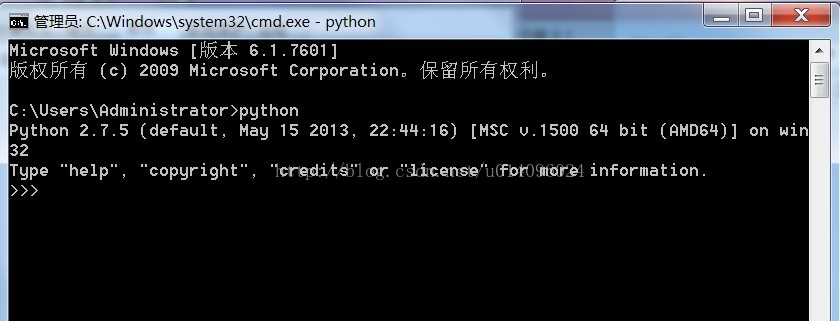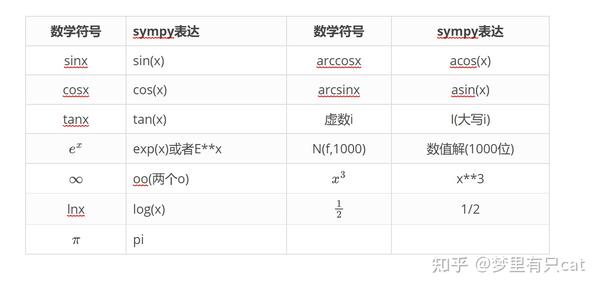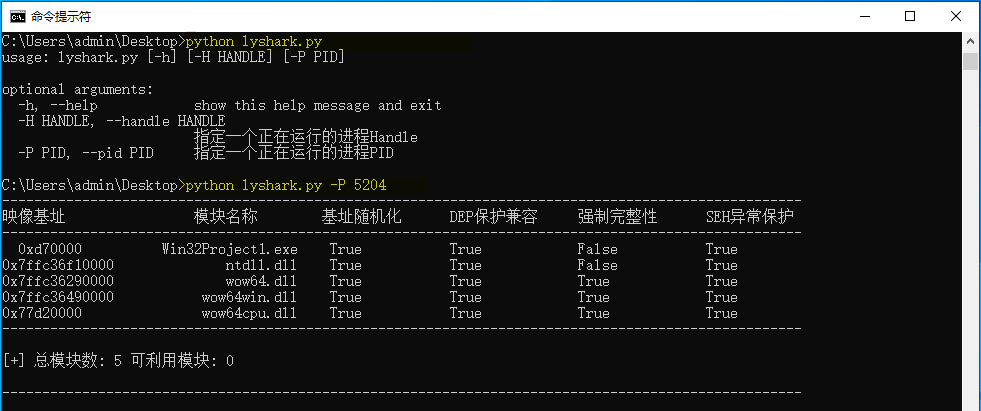

- Python ilibrary installed but not imported install#
- Python ilibrary installed but not imported series#
Energy consumption also increased in most regions: +9 in the CIS, +5 in Latin.

To tell your system to find the default system python correctly (python 2, which is the default when you just call python), try rewriting the symlink that routes the python command at a prompt to the original destination: sudo ln -s /usr/bin/python2.7 /usr/bin/python Energy consumption increased in most countries, +5.2 in China (after a +2.2 in 2020), +4.7 in India (after a -5.6 in 2020), +4.7 in the United States (after a -8.6 drop in 2020), +9 in Russia (after a -4 in 2020), +4.5 in the EU (after a -6.8 in 2020). If you end up needing to use pip because the package manager doesn't have things you need (or up to date versions), it's better to work within virtual environments and use pip for all the python packages you need within that virtual environment. Mixing pip and apt-get can cause troubles down the road, so one approach to keep things simple is to stick with just the system package manager. That said, for python packages (like Pygame and Beautiful Soup), things can get a bit more complicated.
Python ilibrary installed but not imported install#
Ubuntu has many software packages available through the official repositories which obviates the need to do much compiling yourself, and it's generally recommended to install software via apt when possible.
Python ilibrary installed but not imported series#
So a general recommendation is to try not to mix installation methods like this. That is followed by a series of platform-specific paths where compiled extension modules (written in C) might be installed, and then the global site-packages.

Open your terminal in your projects root directory and install the xlrd module. You may have different Python versions on your computer and Pandas is not installed for the particular version youre using. To solve the error, install the module by running the pip install xlrd command. However, Ubuntu comes with python (both python 2 and python 3) already installed in the correct location, where it will find the installed packages. The Python 'ModuleNotFoundError: No module named xlrd' occurs when we forget to install the xlrd module before importing it or install it in an incorrect environment. When using python in IDLE on Mac, each python installation has it’s own /lib/site-packages for 3rd party modules. The python you actually end up running when you type python at the prompt is the one you compiled (based on the output of the python -c 'import sys print(sys.path)' command), and it can't find the python packages installed in the /usr directory. Import module works in Terminal but not in IDLE. The issue is that when you install things with sudo apt-get install (or sudo pip install), they install to places in /usr, but the python you compiled from source got installed in /usr/local.


 0 kommentar(er)
0 kommentar(er)
